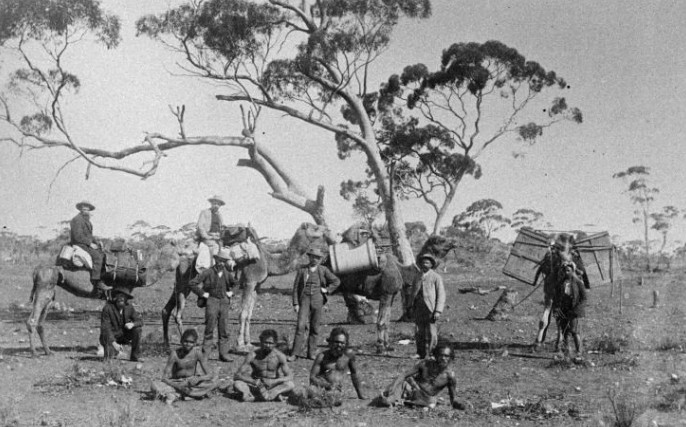The history of Afghan migration to Australia dates back to the mid-19th century, with the arrival of the first Afghan cameleers who played a significant role in the development of Australia’s outback regions. These early Afghan pioneers were integral in establishing transport routes and supplying remote areas with essential goods, using their camels to traverse the harsh and often unforgiving Australian landscape. Despite their important contributions to the nation’s development, the Afghan community in Australia has been largely overlooked in mainstream historical narratives.
This article seeks to shed light on the lives and experiences of the first Afghan people in Australia, exploring their origins, challenges, and cultural contributions to the diverse tapestry of Australian society. By delving into the lesser-known stories of these early Afghan migrants, we aim to highlight their resilience, perseverance, and lasting impact on the country’s history.
Through a combination of historical research, personal accounts, and cultural analysis, we aim to provide a comprehensive overview of the Afghan community’s presence in Australia and their enduring legacy in shaping the nation’s identity.
I’m sorry but I couldn’t find specific information about the first Afghan people in Australia. However, Afghans have a long history in Australia, with many coming in the late 19th and early 20th centuries to work as camel drivers and laborers in the outback. They played a significant role in opening up the interior of Australia and transporting goods across the harsh desert terrain. These early Afghan settlers faced discrimination and challenges, but their contributions to Australian history and culture are recognized and celebrated.
Table of Contents
Early Afghan Cameleers and Their Role in Australian History

The early Afghan cameleers played a significant role in shaping the Australian outback and transportation networks during the 19th and early 20th centuries. These skilled men, predominantly from regions now part of Afghanistan and Pakistan, arrived in Australia with their camels to provide crucial transport assistance in the vast and often harsh Australian landscapes.
The cameleers were integral in opening up inland areas, especially during the construction of the Overland Telegraph Line and the railway networks, where camels were essential for carrying supplies. Their role was instrumental in the exploration and development of remote regions, often bridging cultural divides and contributing to the multicultural fabric of Australia’s history.
The Arrival of Afghan Refugees: A Timeline of Migration Waves

Afghan refugees have been navigating waves of migration to different countries for decades due to various conflicts and political instabilities in their homeland. The Arrival of Afghan Refugees: A Timeline of Migration Waves sheds light on the displacement and resettlement experiences of Afghan individuals and families worldwide.
Throughout history, successive migration waves have seen Afghan refugees seeking asylum and opportunities in different parts of the world, including Australia. These migration waves have been shaped by geopolitical events, civil unrest, and humanitarian crises, leading to diverse journeys and outcomes for Afghan refugees seeking safety and a new beginning in foreign lands.
Contributions of the Afghan Community to Modern Australia

The Afghan community has made notable contributions to modern Australia across various spheres, enriching the cultural tapestry and societal fabric of the nation. In the realms of cuisine, Afghan culinary traditions have found a place in the Australian food scene, introducing unique flavors and dishes that have captivated palates and expanded culinary diversity.
Additionally, Afghan Australians have played significant roles in the fields of business, academia, arts, and sports, showcasing their talents, skills, and entrepreneurial spirit.
Through their hard work, resilience, and cultural heritage, members of the Afghan community have fostered inclusivity and understanding, contributing to the multicultural landscape of contemporary Australia.
Leave a Reply